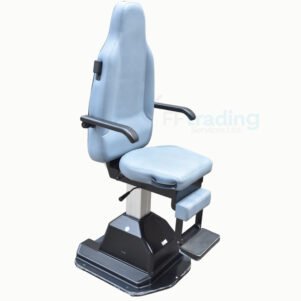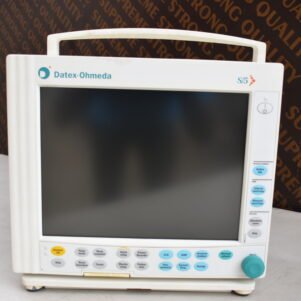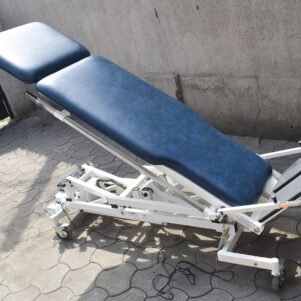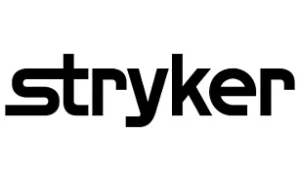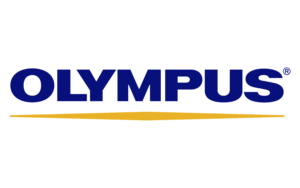No products in the cart.
ATMOS ENT Examination Chair
ATMOS® ENT Examination Chair is a premium, ergonomically designed patient chair engineered for ENT diagnostics and procedures. Built for comfort, durability, and flexibility, the chair supports smooth positioning and easy access during examinations, making it ideal for modern ENT clinics.
Features & Specifications:
• Brand: ATMOS® MedizinTechnik
• Model: ENT Examination Chair (Comfort/Professional series)
• Type: Electrically adjustable ENT patient chair
• Design: Ergonomic with high-quality, antimicrobial upholstery
• Functions:
– Electric height adjustment
– Synchronized backrest and legrest movement
– 360° chair rotation with lock function
• Controls: Integrated foot
• Upholstery: Soft-touch, easy-to-clean synthetic leather
• Load Capacity: Up to 200 kg
• Adjustments: Headrest, armrest, and footrest customizable
• Power Supply: Standard AC with low energy consumption
• Application: ENT outpatient exams, minor procedures, and diagnostics
• Country of Origin: GermanyDatex Ohmeda S/5 Patient Monitor
Medical Category: Patient Monitoring
Medical Field: Anesthesia, Critical Care, Emergency Medicine, and SurgeryThe Datex Ohmeda S/5 Patient Monitor is a versatile and reliable medical device designed for continuous monitoring of vital patient parameters. It is commonly used in anesthesia, intensive care, emergency, and surgical settings. This monitor can measure parameters such as ECG, heart rate, respiratory rate, oxygen saturation (SpO2), blood pressure, temperature, and other critical indicators, ensuring real-time patient surveillance during medical procedures or in critical care environments.
Aristo Wesseling BV Rigid Rilt Table
The Aristo Wesseling BV Rigid Tilt Table falls under the rehabilitation and therapy equipment category and is primarily used in the field of physical therapy and rehabilitation medicine. This device is designed for patients undergoing physical rehabilitation, providing support for upright positioning and weight-bearing therapy. It is commonly used for patients recovering from spinal cord injuries, neurological disorders, or severe physical deconditioning.

